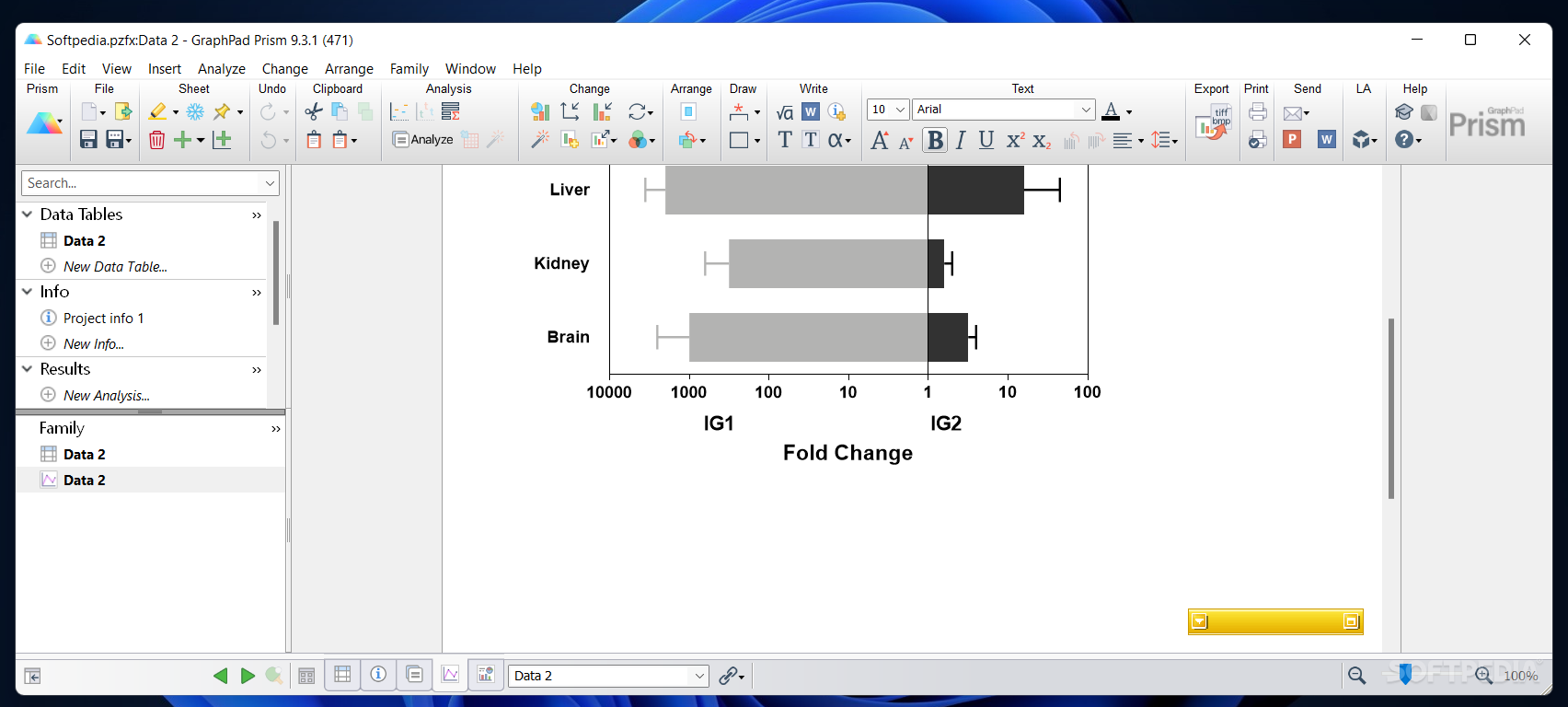

I recommend reading the Q&A: Normality Tests sheet on the GraphPad website for more information section on normality tests The datasetįor this example, I will use the following dataset contained within a column table.

Note, that there are a minimum number of samples you need to be able to perform the normality tests (n = 8 for D’Agostino-Pearson omnibus, n = 3 for Shapiro-Wilk and n = 5 for Kolmogorov-Smirnov).

Finally, the general consensus is to avoid the use of the Kolmogorov-Smirnov test, as it is now redundant. The Shapiro-Wilk test is useful when no two values are the same in the dataset. So, which one should you go for? It is recommended to use the D’Agostino-Pearson omnibus test since it is easier to understand how it works. GraphPad Prism allows for the option of three normality tests. They should not be used in isolation, rather, they should be used in conjunction with plots to help interpret the distribution of the data. Normality tests are statistical ways to indicate whether the data was drawn from a normal population. These will reveal more about the dataset and ultimately help in deciding which statistical test you should perform. Prior to any statistical analysis, the first thing you should do is to see whether your data is normally distributed. In this guide, I will show you how to perform data normality tests in GraphPad Prism.


 0 kommentar(er)
0 kommentar(er)
